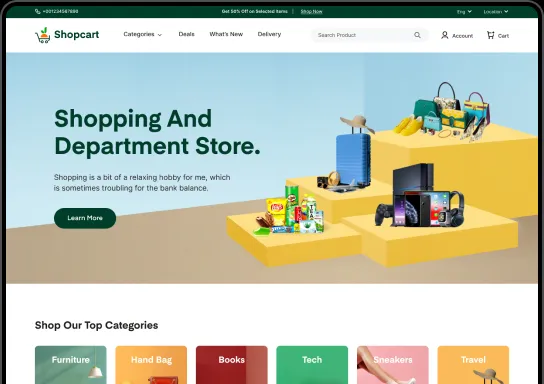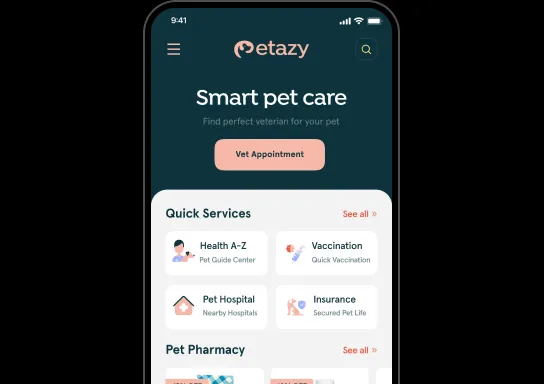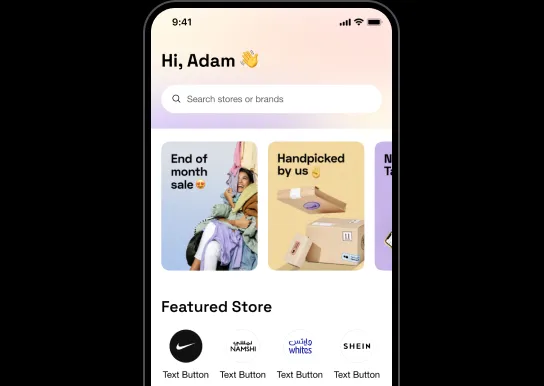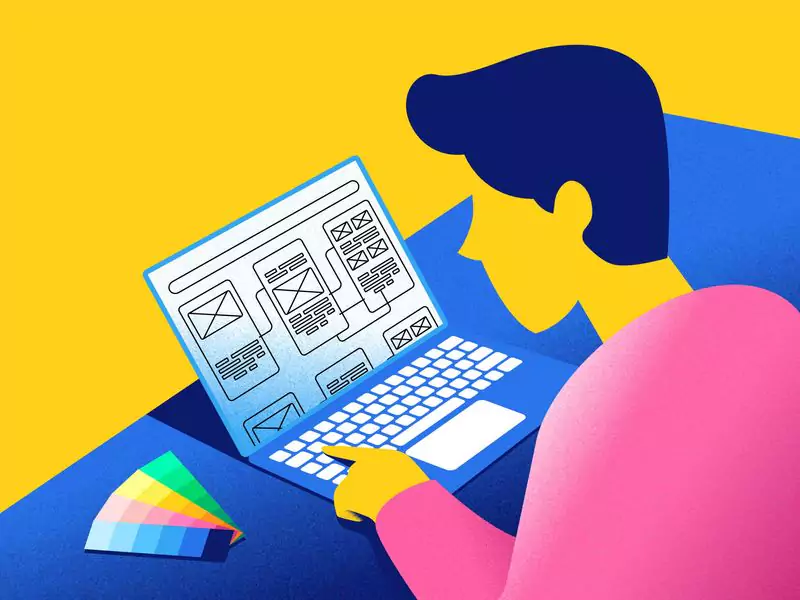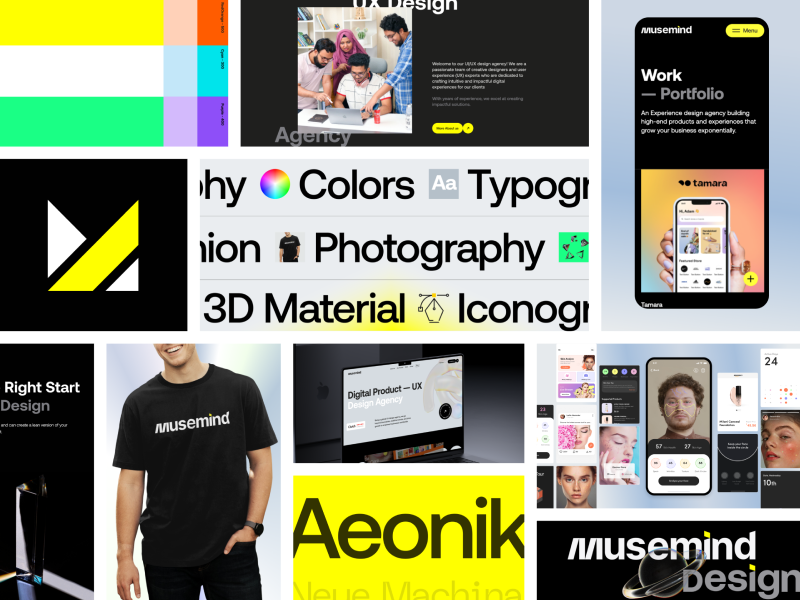A good product designer is like the letter "T." They have a wide range of design knowledge, but they also specialize in one area. However, in the real world, things aren't always so black and white. For example, you might understand the whole design process but have a passion for user behavior research or visual design. It's all about finding your niche.
But here's the thing: you never stop learning. At Musemind, our product designers, UX/UI designers, and animators are always striving to be better. We believe in constant growth and improvement!
To truly comprehend the skills a product designer should possess, it's vital to understand their role and responsibilities. Only then can you fully grasp the significance of acquiring and honing these skills. At the end of the day, it's about staying ahead of the curve and delivering exceptional design experiences. So, let's explore together and discover the amazing possibilities that await us in the design realm!
What is The Role of The Product Designer?
In the ever-evolving landscape of innovation, product designers are the trailblazers, shaping the way we interact with the world. Their role goes beyond aesthetics, diving deep into the realm of user experience and problem-solving. With an artful blend of creativity and strategy, they breathe life into ideas, transforming them into tangible and impactful designs. From envisioning user-friendly interfaces to crafting seamless interactions, product designers are the driving force behind revolutionary products that make a lasting impression.
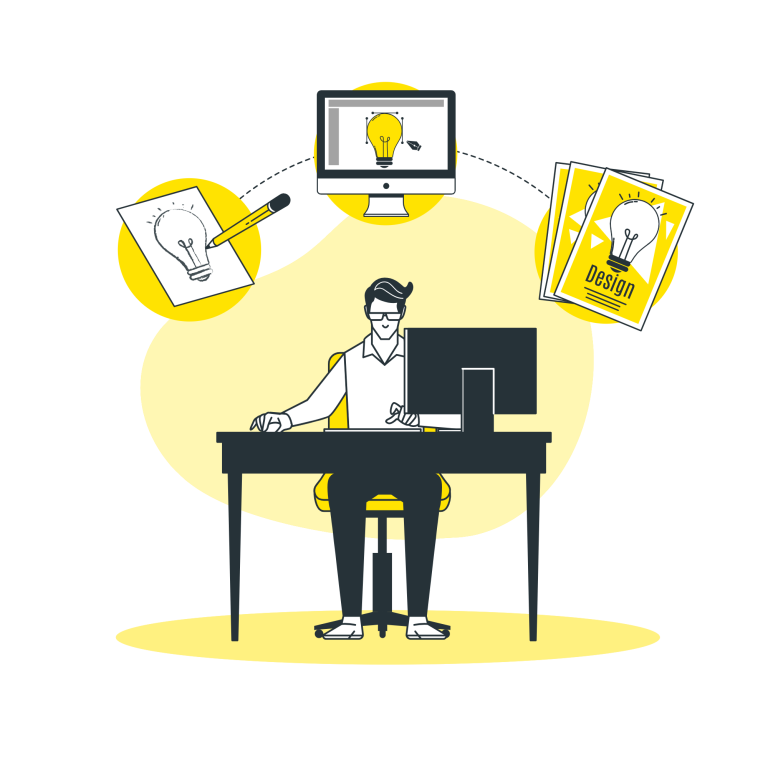
Designing
Although a product designer may be responsible for a wide variety of tasks, the design remains their primary responsibility. A product designer is someone who creates products by applying their expertise in visual design principles such as color theory, typography, and attention to detail.
Building The Product
A product designer will typically incorporate user experience (UX) design principles into their work. That goes beyond simply making the product easy to use. UX researchers and product designers should be familiar with A/B testing, email surveys, and other forms of user experience analysis, as well as with the creation of wireframes, prototypes, and user path maps.
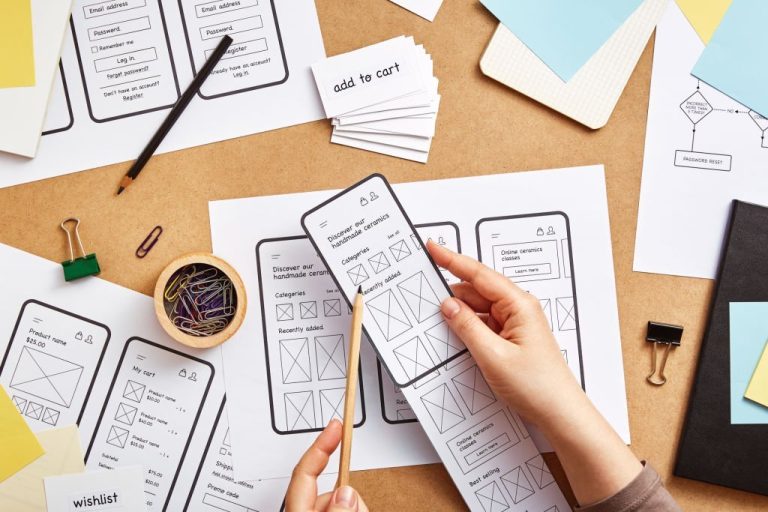
Collaborating with Other Departments
As someone who considers the big picture when designing a product, a product designer will frequently work alongside other designers, researchers, and business professionals. This ensures the final product is in line with the company's aims and incorporates all the steps needed to make it simple to use and attractive to the eye.
What skills can make you an excellent product designer?
Problem-solving
Problem-solving abilities aid product designers in identifying solutions to consumer issues or requirements. These solutions can provide product designers with inspiration for creative consumer products. Problem-solving skills can assist designers in discovering and eliminating flaws in product design.
Conducting Market Research
Good product designers need to know how to research the market for their creations. Market research is crucial when developing a new product to determine if there is a market and how to serve that market best. This can involve conducting user interviews and surveys or working with a user research team to assess customer needs and obtain feedback.

Attention to Detail
Product designers typically have a keen eye for detail so that they can develop goods efficiently. They frequently employ this ability to ensure that the product design adheres to the client's needs. Attention to detail can also assist a designer in identifying the visual and functional appearance of a product.
Creativity
Product design is a fundamental skill that requires creativity. Professionals in product design employ their creativity to develop new concepts for products and product updates. In addition, they apply their expertise to understand how to create a product utilizing the information provided by a customer or stakeholder.

Empathy
Product design entails utilizing consumer or user empathy to create effective products. Product designers can utilize empathy to consider consumer demands and choose how to meet them. Additionally, they can utilize this data to create unique goods to satisfy these needs.
Team Player
A product designer needs to be a team player because every person contributes something unique to the design process, which enables the work to get done more quickly and fosters an atmosphere conducive to productivity. It is necessary for a large number of people to work together. This results in the formation of a powerful team as well as an encouraging setting in which members can gain inspiration from one another's abilities.
Critical Thinking
Critical thinking enables product designers to investigate multiple product design concepts. Product designers frequently observe, test, and improve product design processes. They can utilize their critical thinking skills to conduct user research to assess if the product design meets user needs and to make any necessary modifications.

Emotional Intelligence
Using their emotional intelligence skills, product designers can create designs that enable users or consumers to experience specific emotions when interacting with a product. For instance, dome product designs that encourage user participation use speech analysis and recognition. Also, they may utilize emotional intelligence to program a product with a human voice and provide considerate responses to user questions or requests.
Analytical Abilities
This is something that product managers must do. They must be able to evaluate information and data and give actionable insights to their teams. Without carefully thinking about and weighing their options, it is hard for consumers to make smart product choices. Every day, product managers have to make decisions and think about the big picture. In order to make speedy decisions, they must be able to get to the core of the documentation swiftly.
Presentation Skills
The capacity to express your ideas is an important component of design, especially when you need to pitch your design to stakeholders. Presentations are typically more formal than team communication. A presentation is more than just providing information in a visually pleasing manner; it is also about structuring facts to display the whole thought process.

Don't worry; if you think you don't have these skills, they can be developed over time. If you are passionate about your dream career, just like the product designers of Musemind design agency, you can definitely succeed.
This takes us to the next section, which shows you the path you need to take to become a product designer.
How to Become A Product Designer?
Get your basics right, and acquire the necessary knowledge first.
Learn UX/UI Fundamentals
Understanding a user's goals, pain points, and reactions to a product is a critical element of design. Wireframing, prototyping, performing research, and testing product features are examples of technical skills that can all be learned. Tools for prototyping include Framer, Principle, and Figma.
Learn to Operate Tools for Visual Design
An attractive product can excite customers and provide a positive user experience. Job descriptions frequently state that you should have an eye for aesthetics and some familiarity with the tools used in visual design. Figma, Sketch, and Adobe Creative Suite are a few examples.
Experience in Project Management or Leadership
It can be helpful to have some experience as a product designer in order to see the bigger picture of a process, be able to plan ahead, and execute a goal.
Even while it's not a requirement, having some prior experience planning, supervising, or carrying out a project can be helpful.
Create A Portfolio
A portfolio can demonstrate to potential employers your past projects, aesthetics, and ability to incorporate users' requirements into design. In the "About me" area of your portfolio, discuss your background and strengths. Portfolios can be created with the help of website builders like Wix, Squarespace, and Webflow. You shouldn't stress yourself if you don't have enough projects to work on. You can submit your projects to LinkedIn in order to create a portfolio there. These can be professional, personal, or academic in nature.
Start in Similar Positions
Not often is the path to becoming a product designer straightforward. You can get relevant experience by working in positions that expose you to a variety of product design-related facets. Depending on your skill set, you might begin your career as a UX designer, graphic designer, copywriter, or information architect, then move towards product design.
Here you go, all the details you need to know about becoming a product designer when you just need to be persistent and consistent in the whole journey. Musemind wishes you all the best!
How Do Start a Product Design From Scratch?
Frequently Asked Questions (FAQ)


